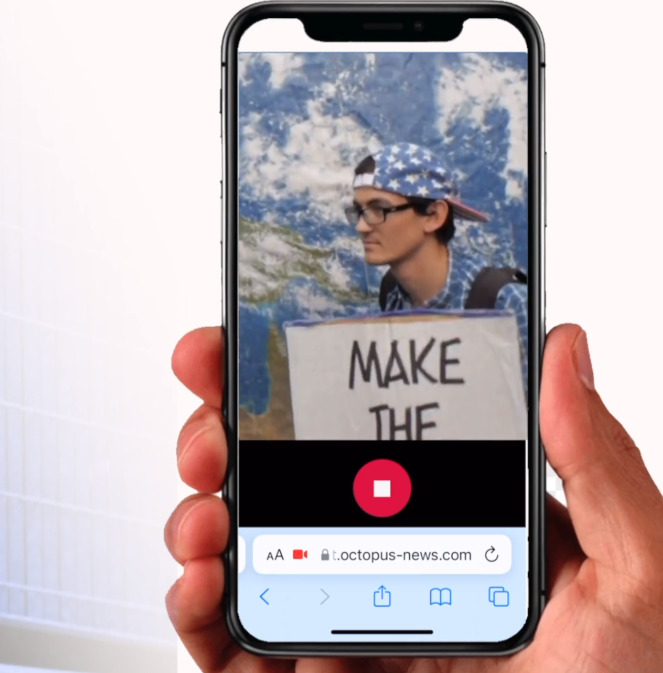“People were participating in our coverage in a way that we had never seen before. By the next day, our main evening TV newscast began with a package edited entirely from video sent in by viewers. From now on news coverage is a partnership” commented Richard Sambrook, a journalist at the BBC after witnesses of the 2005 London bombings sent a thousand photographs, 4000 text messages, and 20 000 emails to be broadcasted by the channel.
This single event gives us a hint of how the emergence of digital technology is revolutionizing traditional models of journalism. Reporting toolkits are becoming more affordable and miniaturized, going from heavy and expensive professional video cameras to massively produced mobile phones. There are now over 15 billion mobile devices in the world that are not only used to consume news but have also been adapted to create content. Events such as the London and Madrid bombings, the 2003 Iraq invasion, and the 2004 tsunami in Indonesia sparked a new form of journalism devoted to human experiences and community issues, and produced with resources readily available to the general public.
Active digital communities embrace mobile technology as a means of producing content. Since its introduction in the mid-1990s, the capability of mobile phone cameras continues to develop. Picture and sound quality are gradually perfected to streamline user experience, but also encourage more professional news production. Mobile phones are practical as they can be carried seamlessly in a pocket and easily operated without previous training. This trait comes in handy when covering unexpected events where accessibility for traditional camera crews is challenging, and mobilization to the scene is slow.
This is also true with software. Mobile and online apps are fueling mobile journalism by serving as platforms to facilitate the exchange of information between audiences and news organizations. Currently, many newsrooms are making room for digital technology to cover video gathering tasks. One of these apps is iReporter, a professional video gathering platform designed to extend the reach of typical camera crews. iReporter empowers broadcasters to directly engage with stringers and crowd reporters and put them at the center of storytelling. It ensures an active role in the newscast for the audience and that organizations access unique and difficult-to-get content.
How is this achieved? iReporter is the bridge between broadcasting organizations and contributors. Video content is retrieved by stringers and crowd reporters using iReporter’s specialized mobile app to shoot videos. As contributors are spread around the world, they can quickly cover stories and events they are close to. Thus, allowing organizations to have the freshest footage. Content gathered by iReporter is delivered from the contributors to the organizations through a video portal. Once the content has reached this place, internal teams can review it and select the perfect pieces that are later exported to the in-house production chain and finally broadcasted.
Tools like iReporter power digital technology to support a more inclusive approach to journalism and extend the reach of traditional media. As Nick Garnett narrates in his memoirs when covering the Nepal earthquake “I managed to take images of Kathmandu city on my iPhone 6 Plus, which once again proved that a device that people are comfortable with will open doors which would be shut in your face if you pulled out a DSLR camera.” Likewise, as consumption patterns develop, audiences want a more active role in journalism when producing and consuming content. iReporter triggers a direct engagement with the public and allows an interactive role for crowd reporters that can use it to create and deliver news.
The relevance of videos gathered by crowd reporters is rising along with the emergence of ‘vertical journalism.’ As the popularity of TikTok, Instagram Reels, Snapchat, and Facebook stories skyrocket, we see a rise in the demand for videos in portrait format. More and more news outlets are digitalizing and focusing their strategies on these platforms and need interesting videos that can be consumed on mobile phones.

